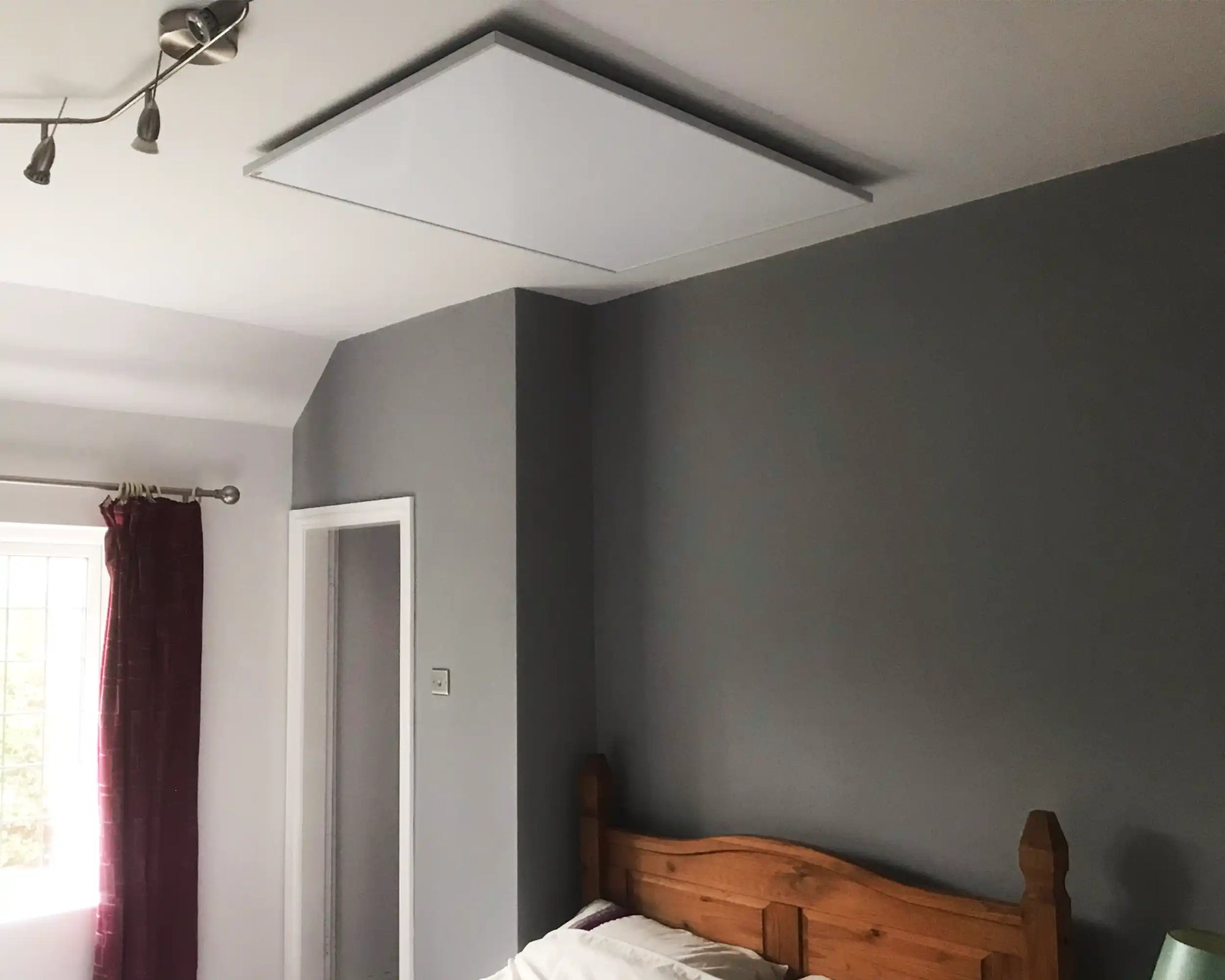In today's era of ever-advancing technology for an even more sustainable future, the search for efficient and eco-friendly heating solutions has become even more paramount, especially in the construction of housing projects and local council initiatives. Infrared heating (also known as FIR heating) gives you a perfect blend of comforts, and environmental consciousness while also being cost-effective as well. This blog explores how infrared heaters were combined with other cost-friendly solutions for a Your Space project of 8 EPC A-rated homes for the Newport City Council in Wales, UK.


Understanding and Embracing IR Heating
Infrared or IR heating uses infrared radiation to heat objects and people within a room rather than the air like other convection heaters that transfer heat via air - minimizing heat loss to almost zero during the process. Mimicking the sun's heat creates consistent and even heat for the home's occupants. Traditional heating systems result in uneven distribution of heat and dramatic increases in energy wastage and energy bills - not to mention a devastating impact on the environment as well.
Challenges with Traditional Heating Systems
Up until very recently, traditional heating systems such as gas boilers were the only heating systems being fitted into council properties, despite proving costly to maintain and inefficient when it came to energy usage. During the colder months, residents and tenants complained of heating that was inconsistent, general discomfort, and high energy bills. Newport City Council realized these are fundamental issues and will need a solution that will work to address these challenges along with the government's sustainability goals.
Solution: Benefits of IR Heaters for Housing Projects and Local Council Initiative's
Made with Piled Foundations for strong foundations of the home, Structural Insulated Floor Slab to help keep a consistent temperature, SIP Panels, Hot Water using smart Mixergy tanks, and PV & EV Chargers the development team moved ahead with infrared heating panels as the primary source heating. Combined with solar panels, the electric infrared panels make the perfect and powerful synergy that also makes the most of energy efficiency. This modern and innovative approach harnesses renewable energy from the sun to power infrared heating systems.
-
Energy Efficiency: IR or Infrared heaters convert nearly all of the consumed energy/electricity (98%) into heat, unlike convection heaters that only convert 50% - 70%. This means lower energy bills for the occupants of the building and reduced environmental impact for the project.
- Space Saving: Because panels tend to be installed directly onto the ceilings, it is the optimal place for infrared heat to work at its best. They can also be mounted on walls, at eye level and above - freeing up space and giving your room a more pleasingly aesthetic finish to the room.
- Low Maintenance: Our IR heaters are designed to be completely durable with no moving parts. There is no need for last-minute call-outs for a specialised engineer or maintenance person since they can be DIY installed and come with a fused 3-pin UK plug.
-
Complete Customisation: Control each panel independently and individually using external controls or panels with built-in controls. Zoning heaters to only heat the spaces and adapt the times around your schedule.
-
Reduced Carbon Footprint: By promoting the adoption of energy-efficient heating solutions like IR panels, local councils can contribute to the reduction of carbon emissions and combat climate change at a community level.
-
Implementation of Kiasa Infrared Panels: The Your Space initiated a phased rollout of infrared heating panels across this housing project which involved:
-
Planning and Assessing: Making site assessments based on architectural drawings to determine how much wattage per square meter would be required per room for the optimal heating as well as placement of the heater panels. Each unit was assessed individually to figure out how many panels would be needed for the tenants to be comfortable.
-
Installation: Combined in-house knowledge with experienced contractors to install these portable IR heating panels to ensure that every safety standard was met.
-
Education and Training: Providing further training and knowledge to both residents and tradesmen about how infrared panels work how to operate them the benefits they can provide and how to use them effectively.
- Monitoring and Feedback: Implementing a monitoring system to track energy consumption, resident feedback, and overall performance of the infrared heating panels.
In conclusion, the successful implementation of solar panels and electric infrared panels in the council housing projects presents a big impact and a compelling solution for eco-friendly and efficient heating. By utilising free solar energy to power heating systems, this synergy gives you significant cost savings and environmental advantages for homeowners, businesses, and communities. By highlighting the energy efficiency advantages, cost savings, and overall well-being/health benefits, the council will address heating challenges across the UK and set an example for sustainable housing initiatives.







